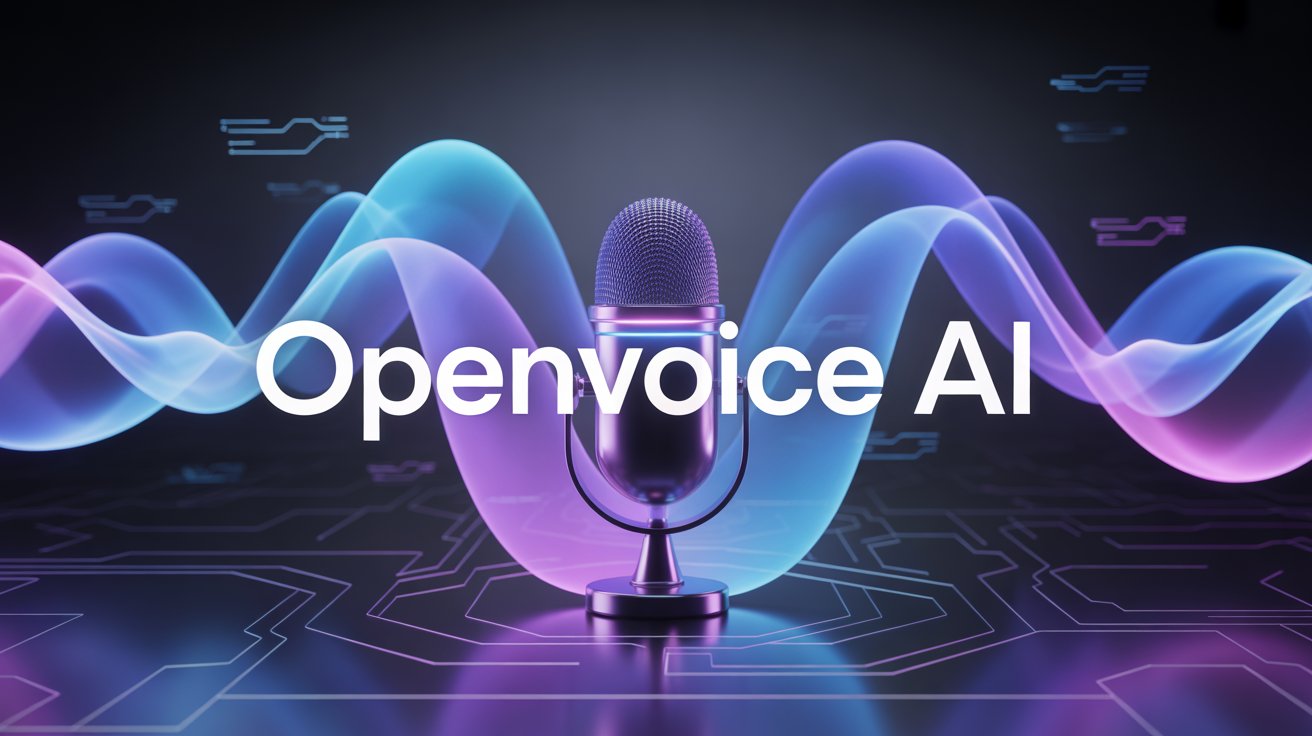OpenVoice AI: The Ultimate AI Voice Tool for Content Creators
In today’s digital era, content is not just about words on a screen—it’s about how it is delivered. High-quality audio content has become crucial for blogs, podcasts, YouTube videos, e-learning, and marketing campaigns. OpenVoice AI is transforming this landscape by making voice content creation faster, smarter, and more human-like.
From generating podcasts to narrating scripts, OpenVoice AI allows creators, businesses, and developers to produce professional-grade voice content with minimal effort. But what exactly is OpenVoice AI, and why is it becoming a go-to solution for content creators worldwide? Let’s explore in detail.
What is OpenVoice AI?
OpenVoice AI is an AI-powered voice generation platform designed to understand, interpret, and produce human-like speech. Unlike traditional voice assistants like Siri or Alexa, OpenVoice AI does more than simple commands—it can generate natural-sounding narrations, create interactive content, and even provide real-time voice responses for applications.
It combines natural language processing (NLP), text-to-speech (TTS) technology, and advanced AI algorithms to deliver audio that sounds professional and highly realistic. This makes it perfect for creators who want to save time, scale content production, or add a new dimension to their digital presence.
Key Features of OpenVoice AI
Natural Voice Generation: Produces expressive, human-like voices suitable for storytelling, marketing, and narration.
Multi-Language Support: Generate audio content in multiple languages, making it perfect for global audience.
Customizable Voices: Adjust pitch, tone, speed, and emotion to match your brand or personal style.
Content Generation: Transform scripts, blog posts, or outlines into fully narrated audio.
Seamless Integration: Integrates easily with software, apps, and websites for a smooth workflow.
Real-Time Voice Interaction: Advanced versions can respond to live input in natural speech.
Multiple Output Formats: Export audio in MP3, WAV, or other formats suitable for any platform.
Benefits of Using OpenVoice AI
Faster Content Production: Generate audio in minutes instead of hours of recording and editing.
Boost Creativity: Focus on ideas while AI handles repetitive narration tasks.
Enhanced Engagement: Voice content is more compelling than text, increasing audience retention.
Accessibility: Converts written content into audio for visually impaired or multitasking users.
Global Reach: Multi-language capabilities help content reach audiences worldwide.
Brand Consistency: Maintain a professional and uniform voice across all your content channels.
How to Use OpenVoice AI Effectively
Here’s a detailed step-by-step guide for beginners:
Step 1: Sign Up & Set Up
- Create an account on OpenVoice AI.
- Verify your email and access the dashboard.
Step 2: Choose a Voice Model
- Select the voice type based on your content—professional, casual, energetic, or calm.
- Some models allow adjusting pitch, tone, and speed for added customization.
Step 3: Prepare Your Script
- Write a script for your podcast, YouTube narration, or e-learning course.
- Keep sentences clear and concise for better AI voice interpretation.
Step 4: Generate Voice Content
- Enter the text into the platform or use live voice commands if supported.
- Click “Generate” and let OpenVoice AI produce the audio.
Step 5: Edit & Fine-Tune
- Review the output for pacing, pronunciation, and natural flow.
- Adjust tone or insert pauses to make it sound more realistic.
Step 6: Export & Publish
- Export in your desired format (MP3, WAV, etc.).
- Use it for podcasts, videos, apps, or marketing campaigns.
Advanced Tips & Tricks
- Combine AI Voices with Background Music: Add background audio or effects to make narration more professional.
- Batch Generation: Generate multiple scripts at once to save time.
Experiment with Styles: Test different voice styles to see which engages your audience better.
Integrate with Video Editing Tools: Pair AI audio with video content to create fully narrated clips.
Real-Life Use Cases
Content Creators: YouTubers, podcasters, and online course creators can save hours by letting OpenVoice AI handle narration.
Businesses: Marketing campaigns, interactive tutorials, or automated customer service systems benefit from AI-generated voices.
Accessibility Advocates: Convert blogs, eBooks, and educational content into audio for visually impaired users.
Developers: Integrate AI voices into apps, games, and software for dynamic user interaction.
Challenges & Considerations
Voice Authenticity: AI voices might need fine-tuning to avoid sounding robotic.
Ethical Use: Misusing AI-generated audio for impersonation can damage trust.
Technical Learning Curve: Beginners might need time to explore all features effectively.
Fact Verification: AI can produce inaccurate information if the input content is flawed.
The Future of OpenVoice AI
OpenVoice AI is part of the next generation of voice technology. Future developments may include:
- Emotion-rich, real-time conversational AI.
- Integration with virtual reality, augmented reality, and metaverse applications.
- Advanced multilingual capabilities to reach global audiences seamlessly.
- Smarter AI assistants that adapt to user preferences and context in real-time.
The future promises voice-first digital experiences, where content is consumed naturally and interactively, creating deeper engagement for audiences worldwide.
Conclusion
OpenVoice AI is more than a voice tool—it’s a gateway to the future of digital content creation. By combining human creativity with AI efficiency, anyone can produce professional-grade audio content quickly, consistently, and at scale. Whether you’re a blogger, YouTuber, entrepreneur, or business owner, OpenVoice AI empowers you to communicate in a compelling, accessible, and innovative way.
